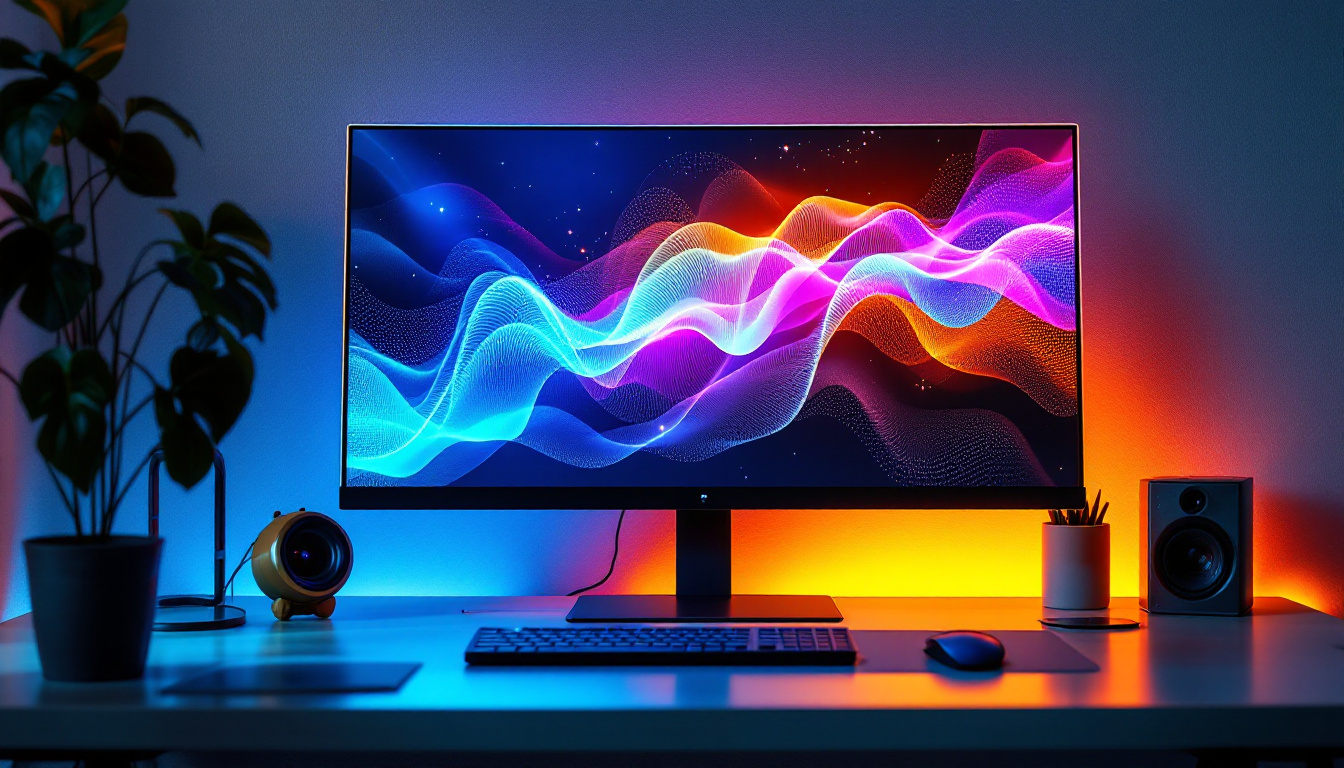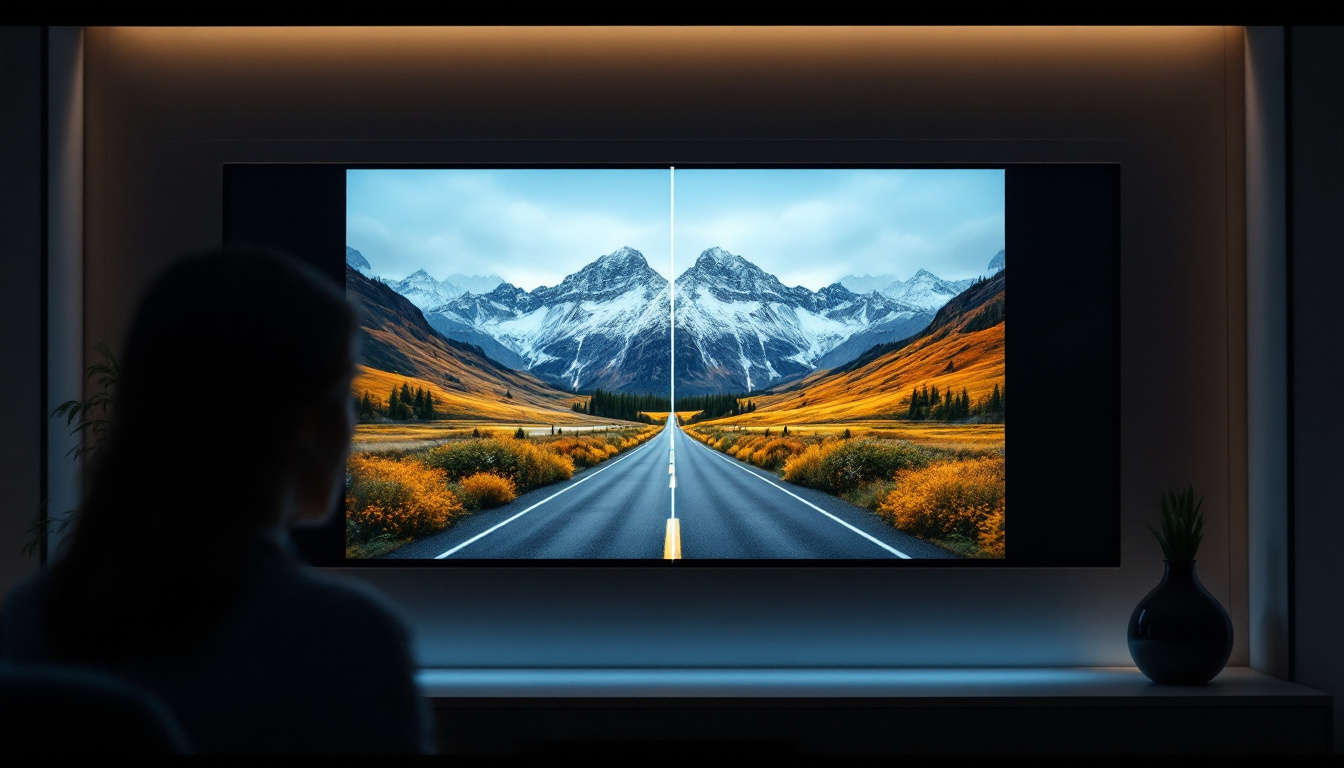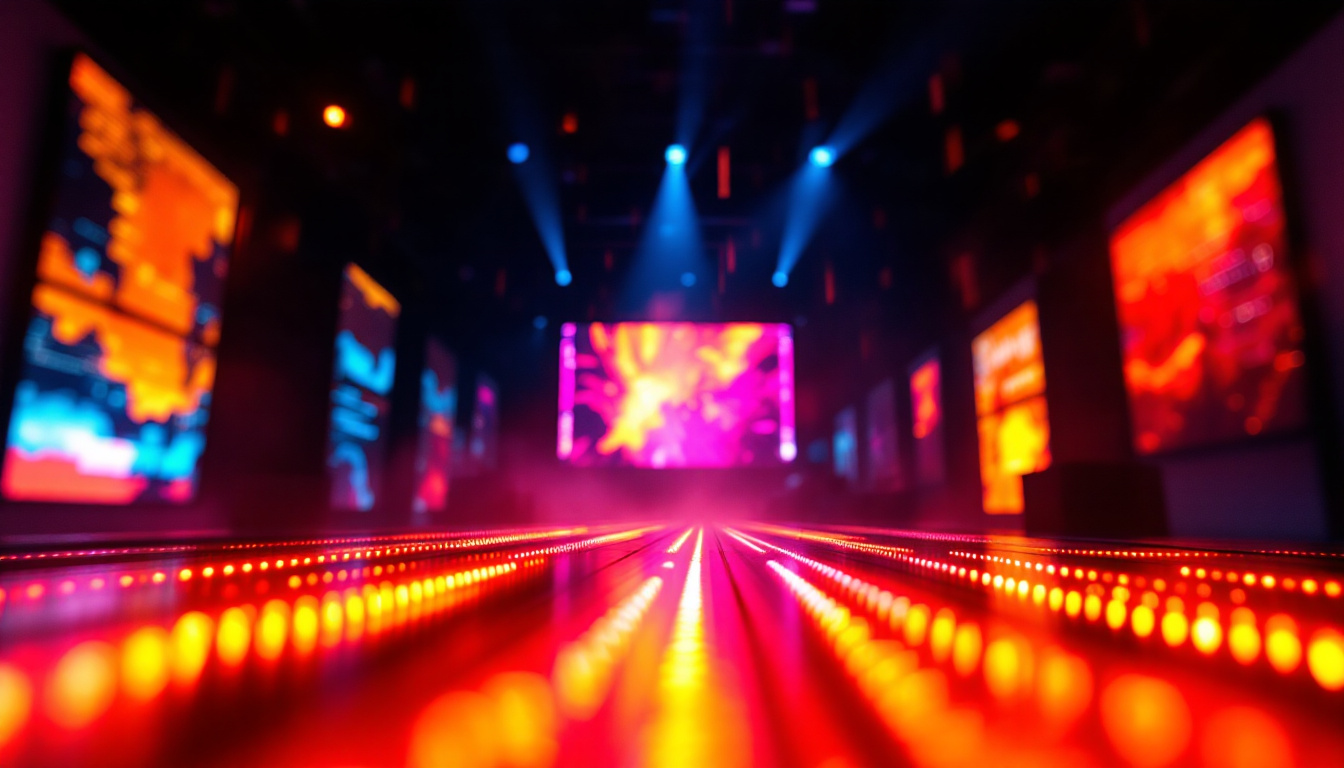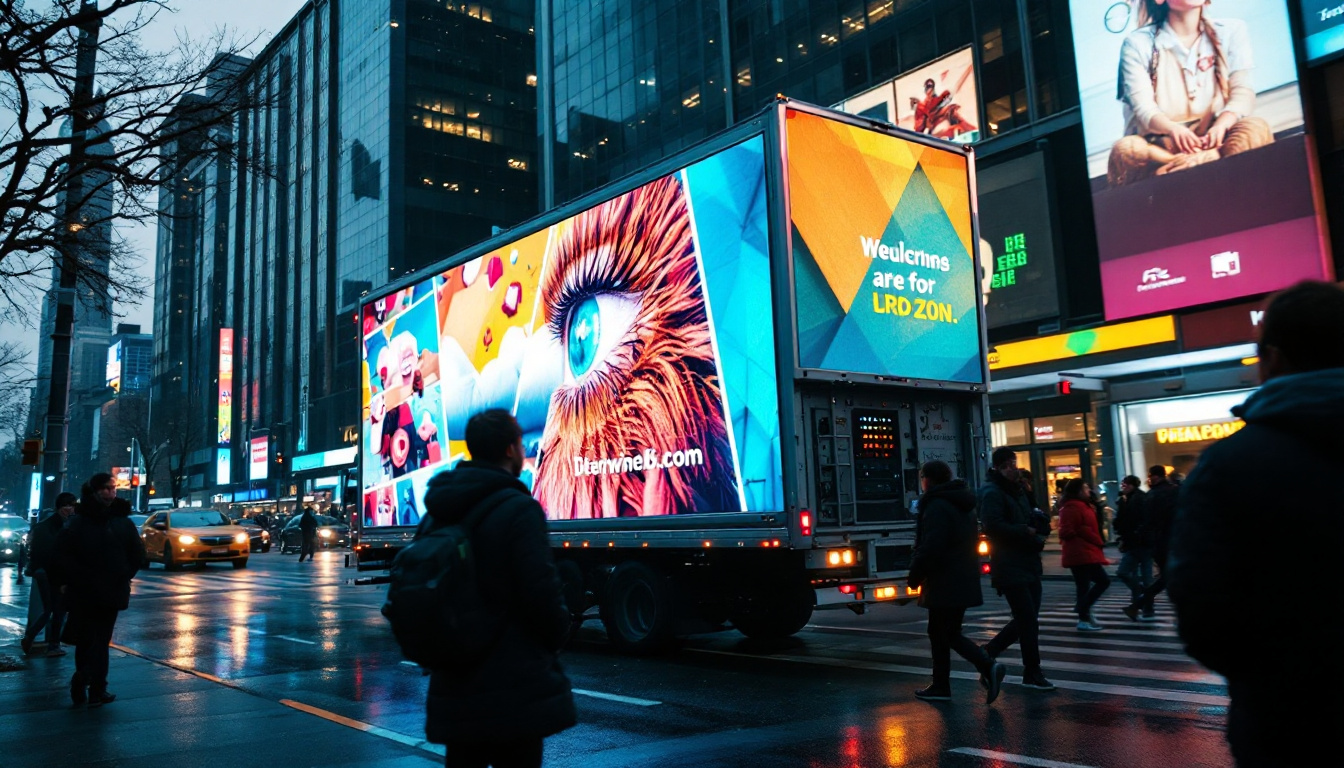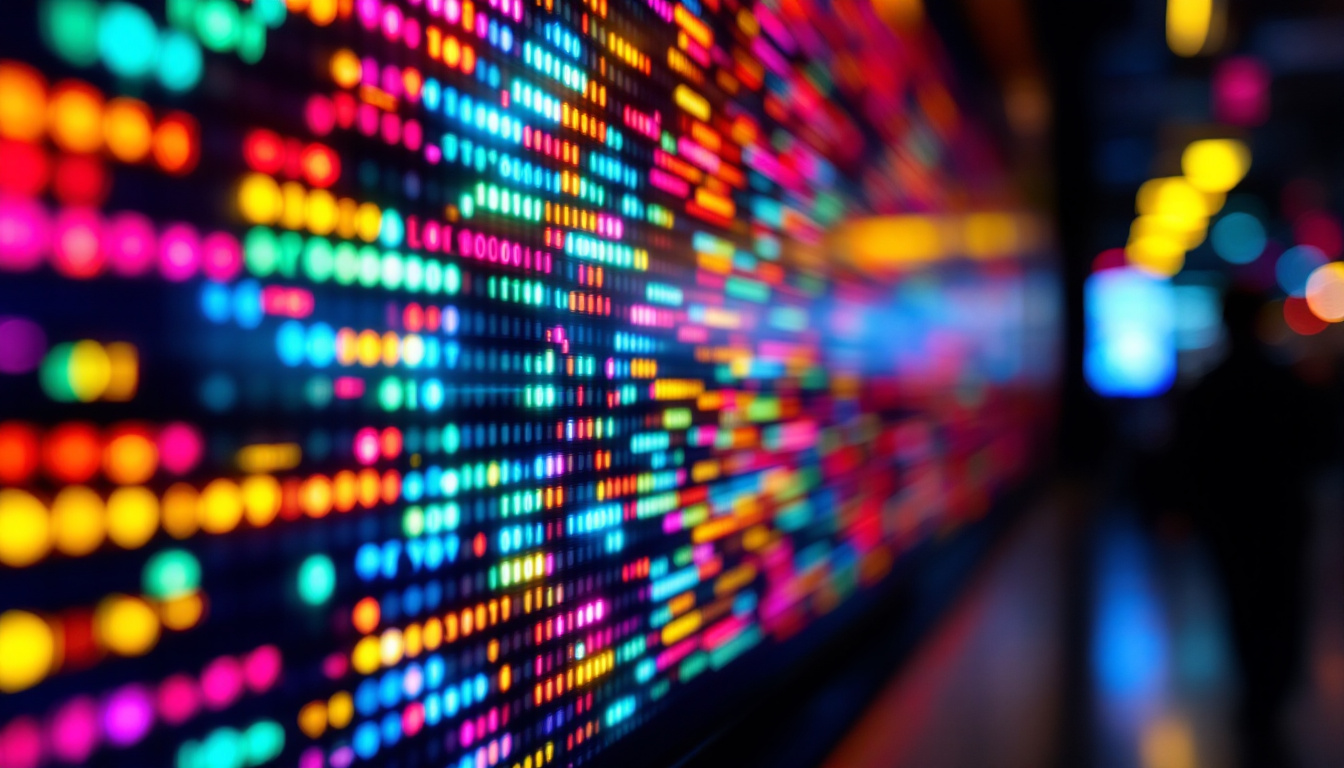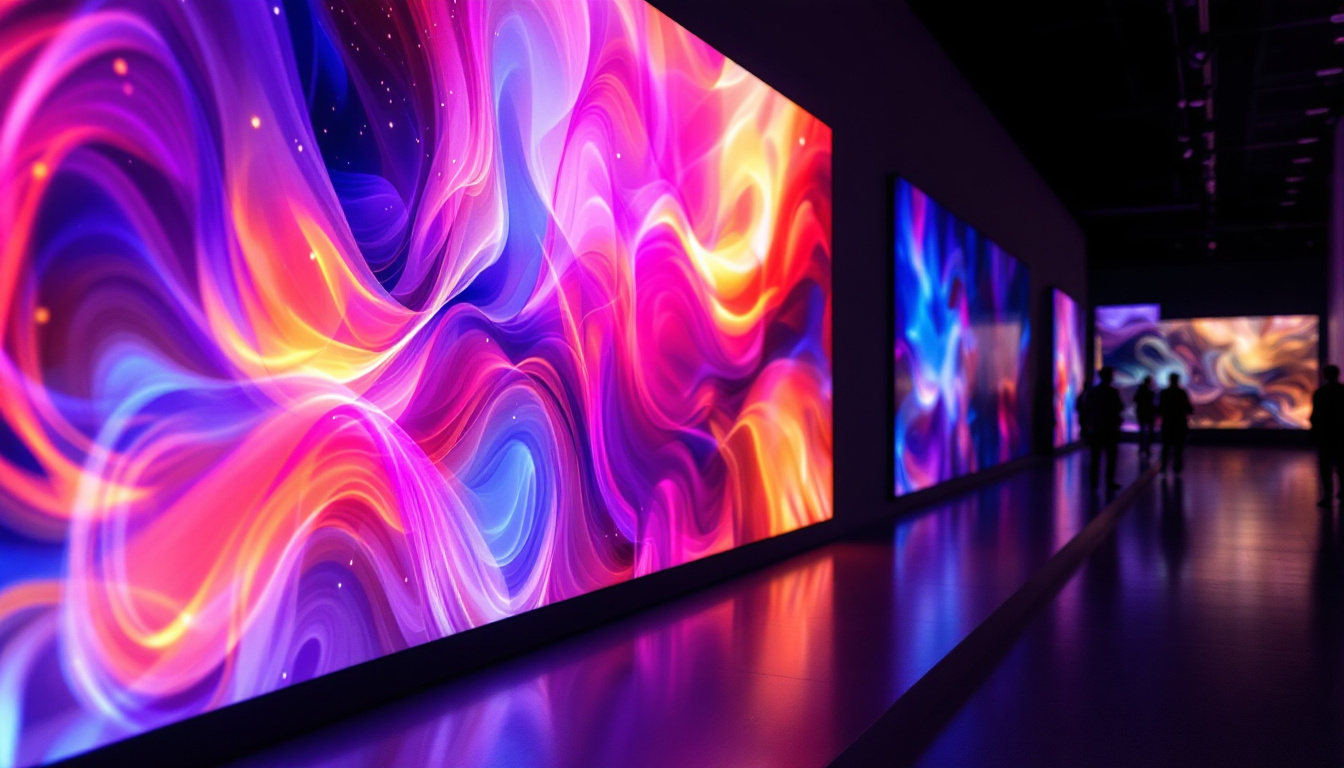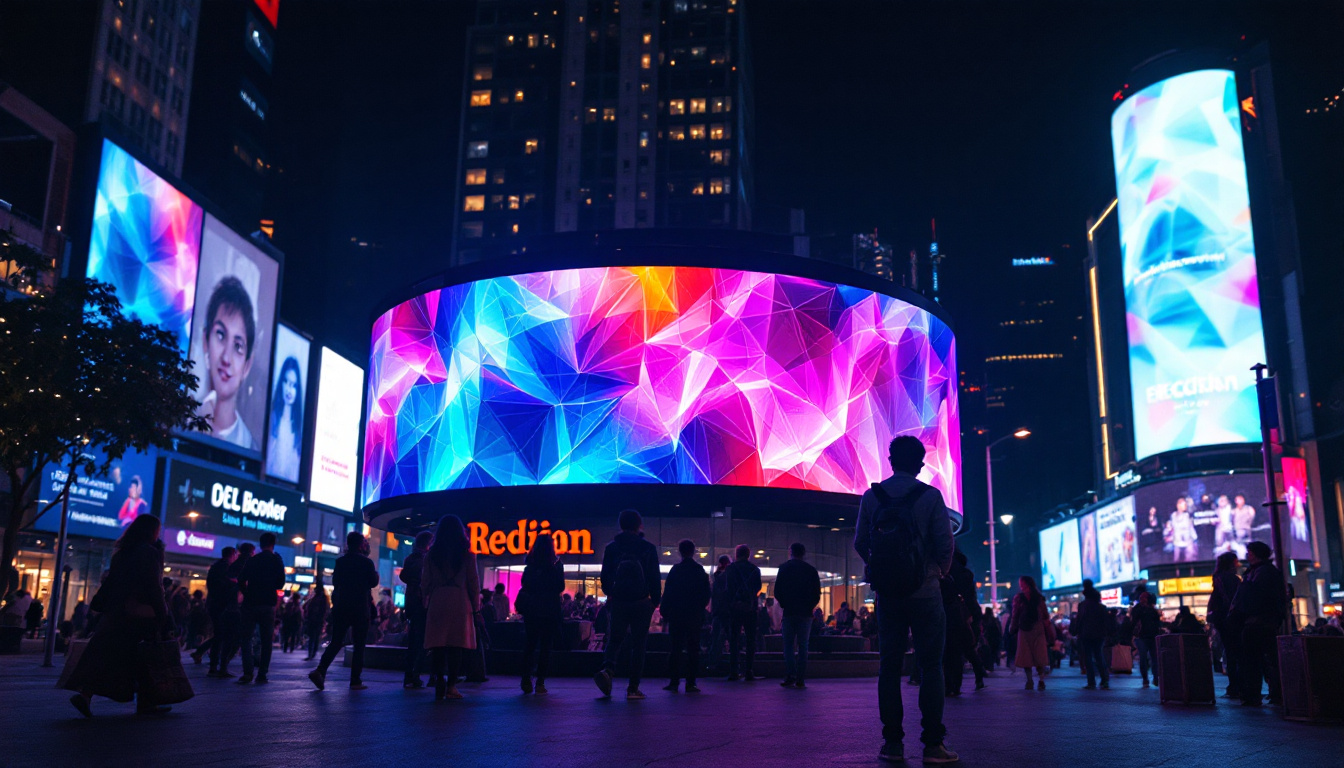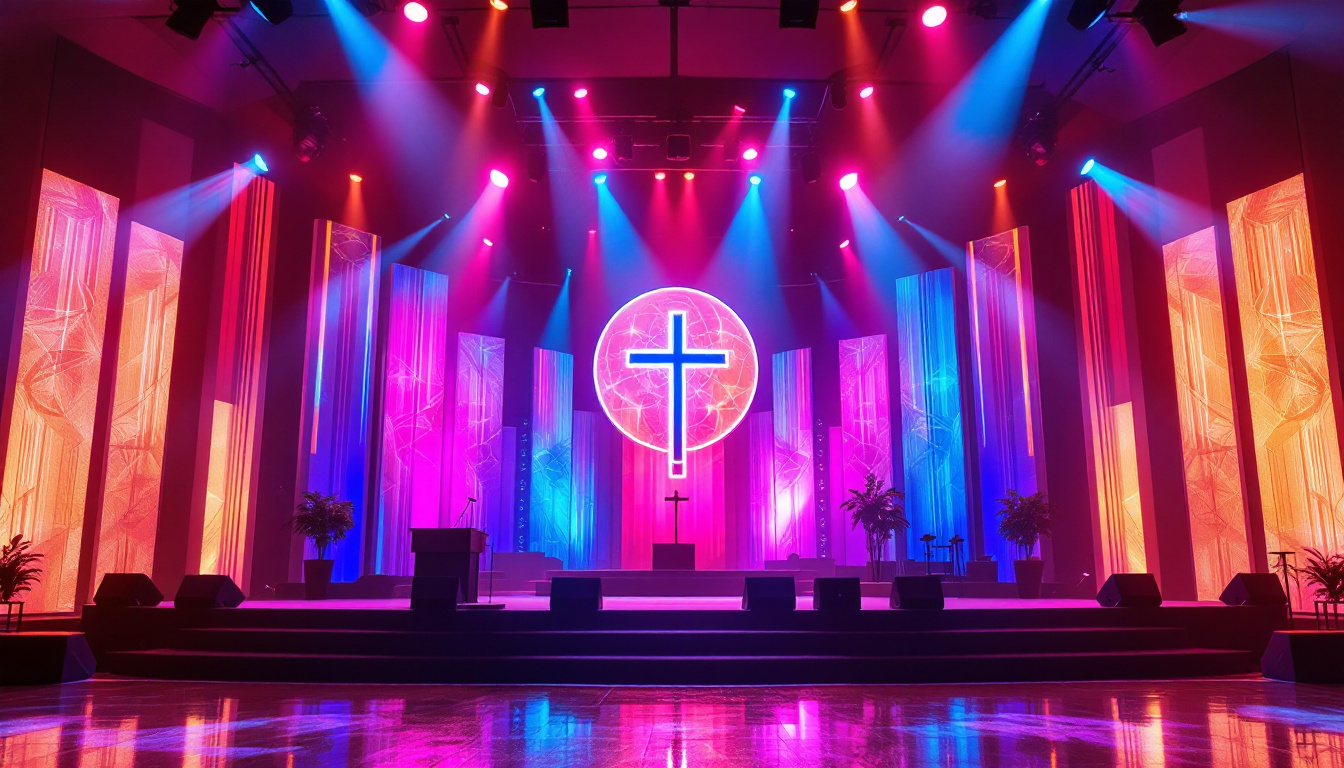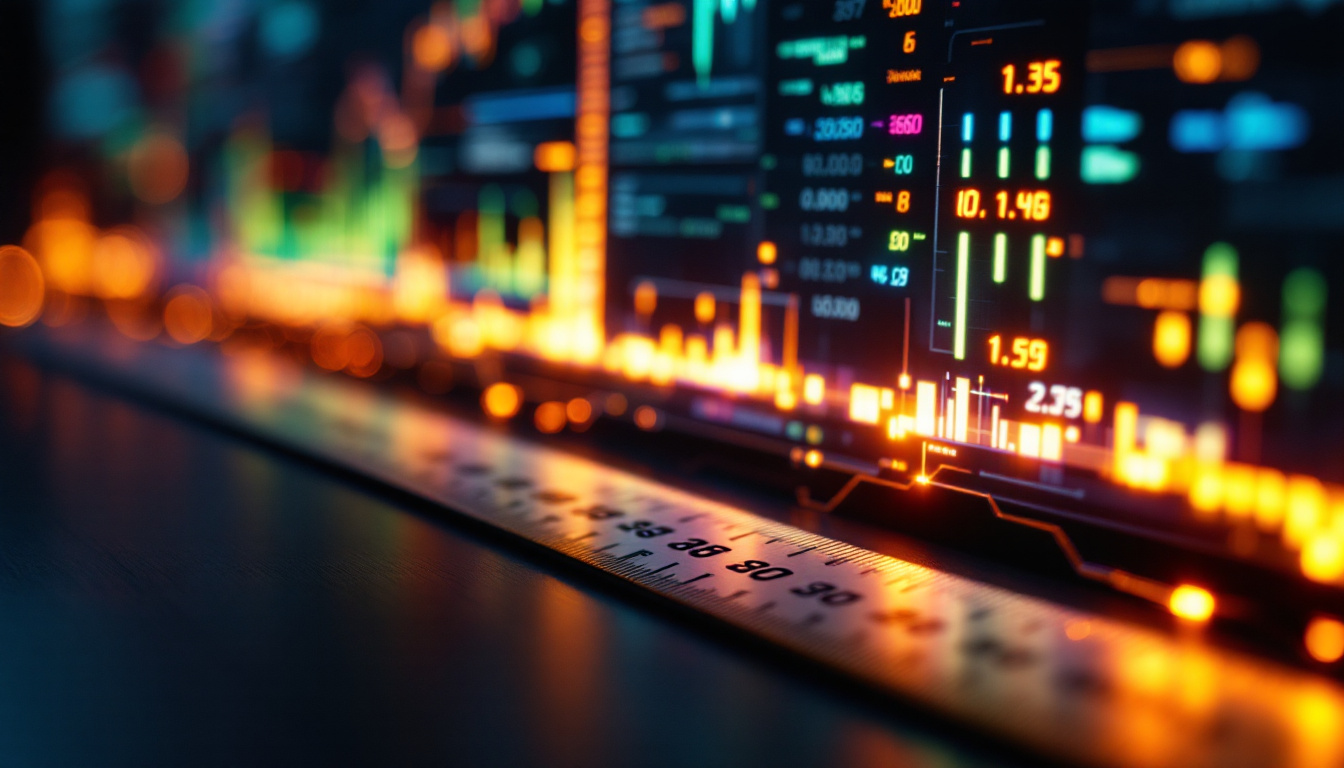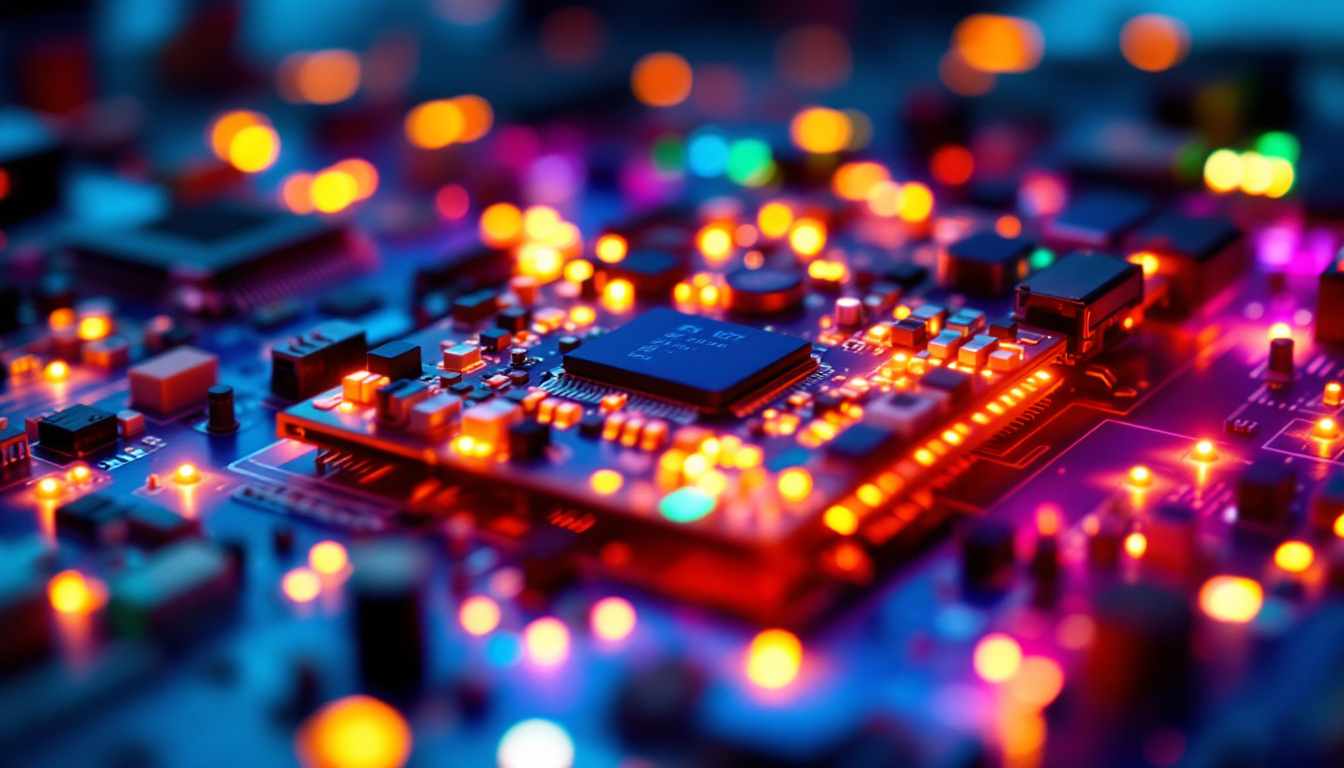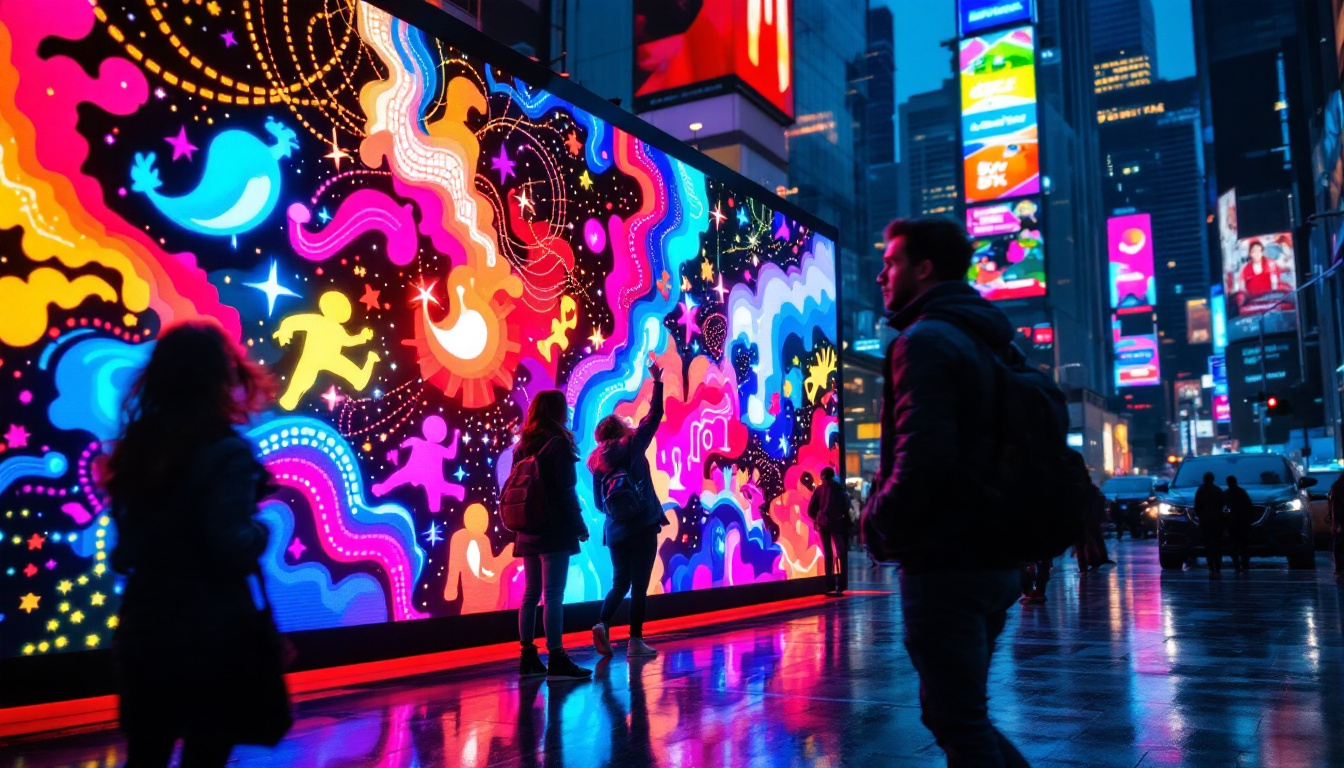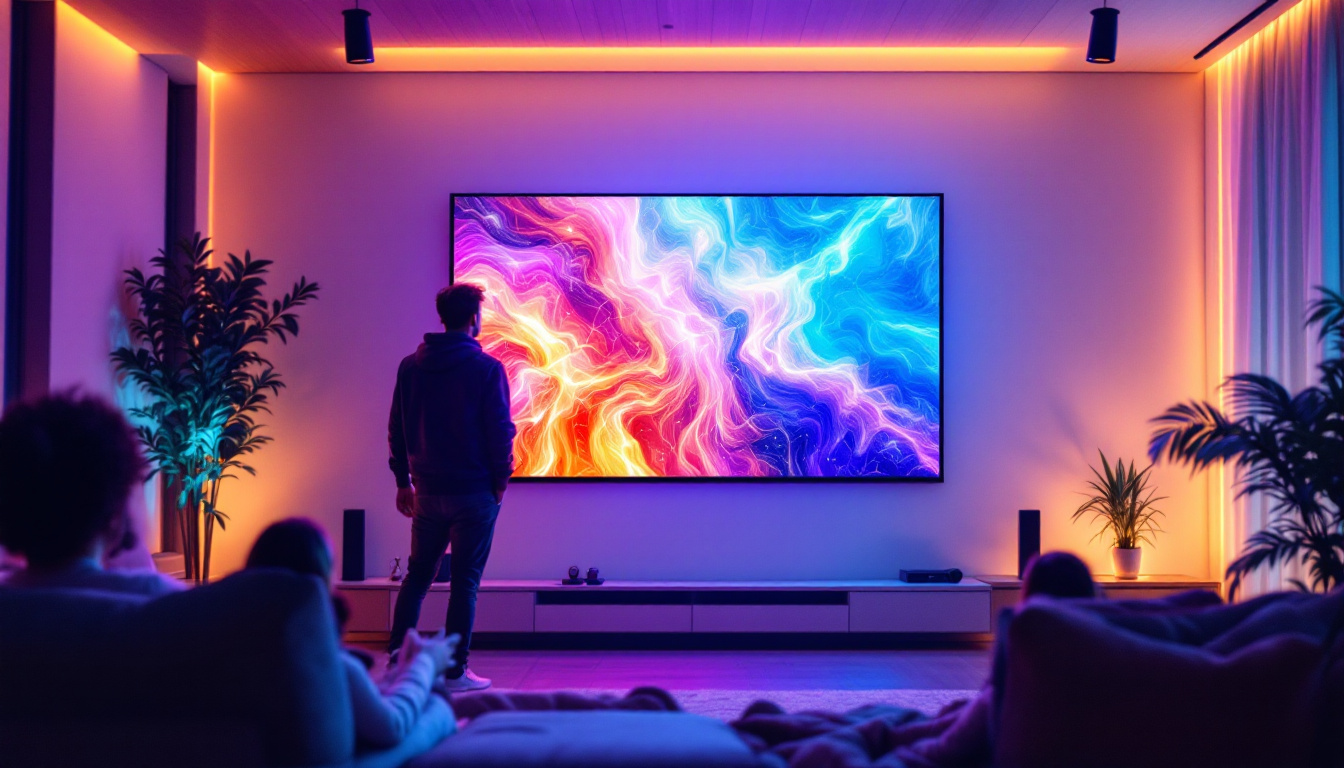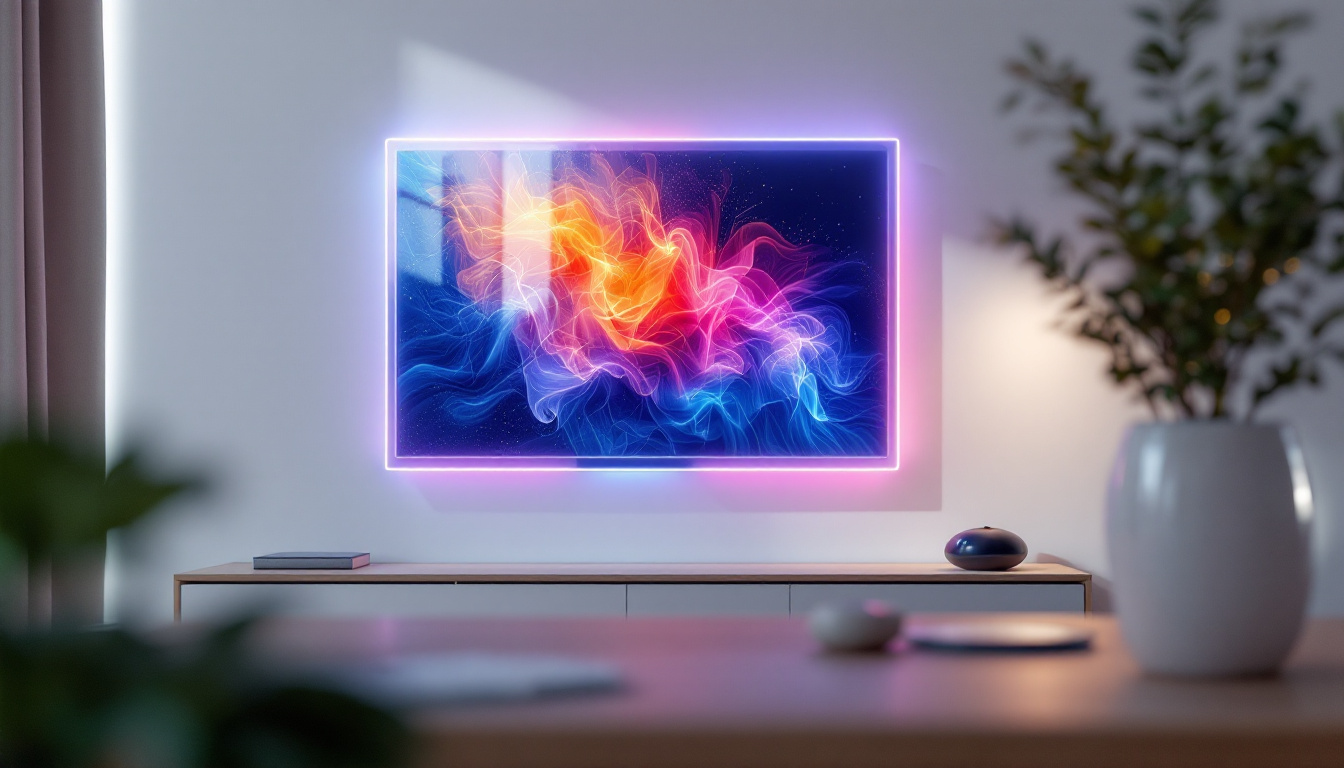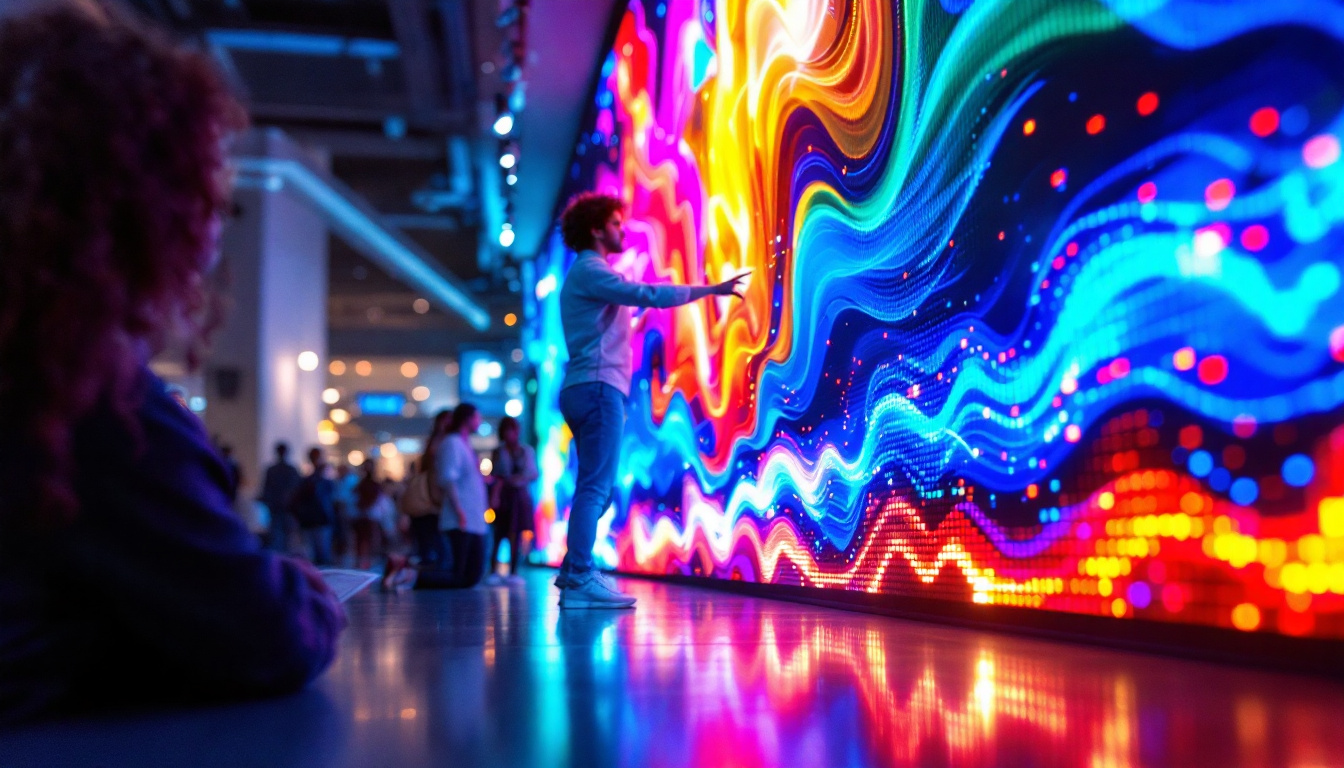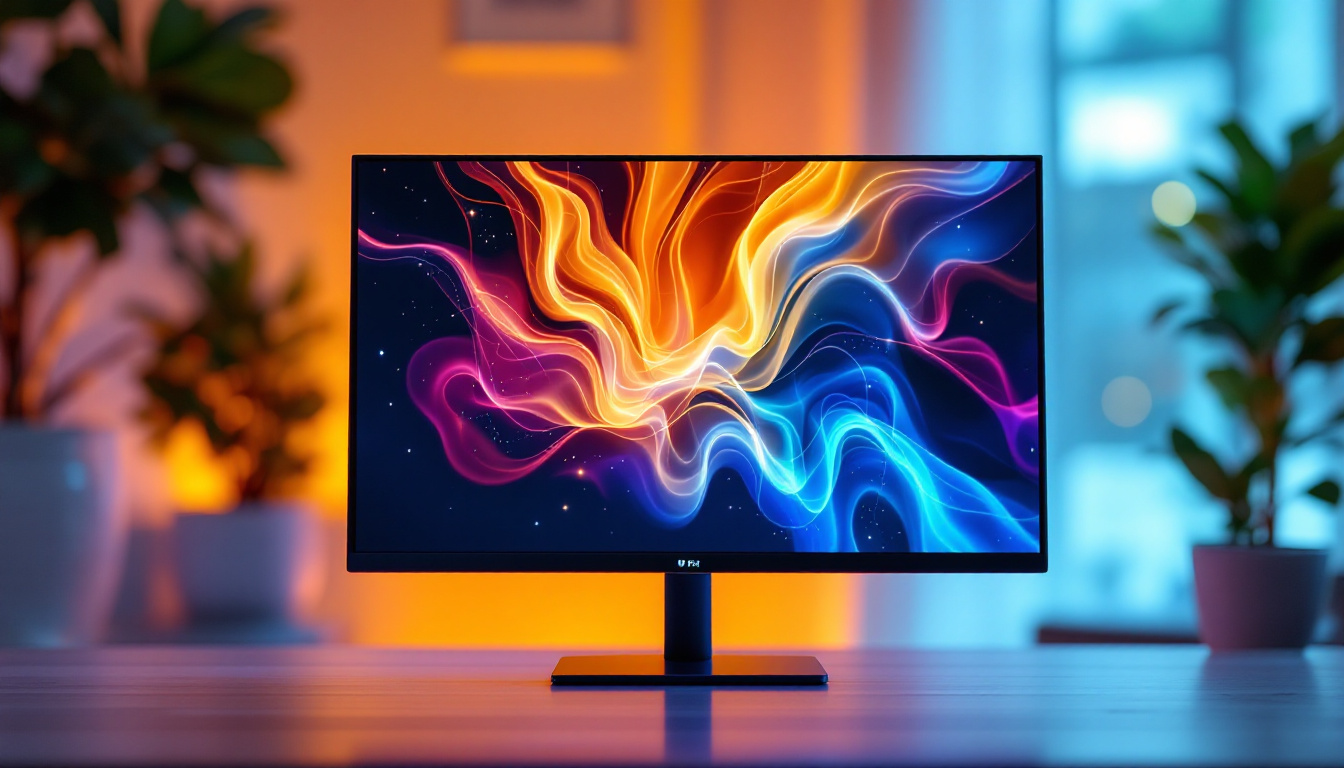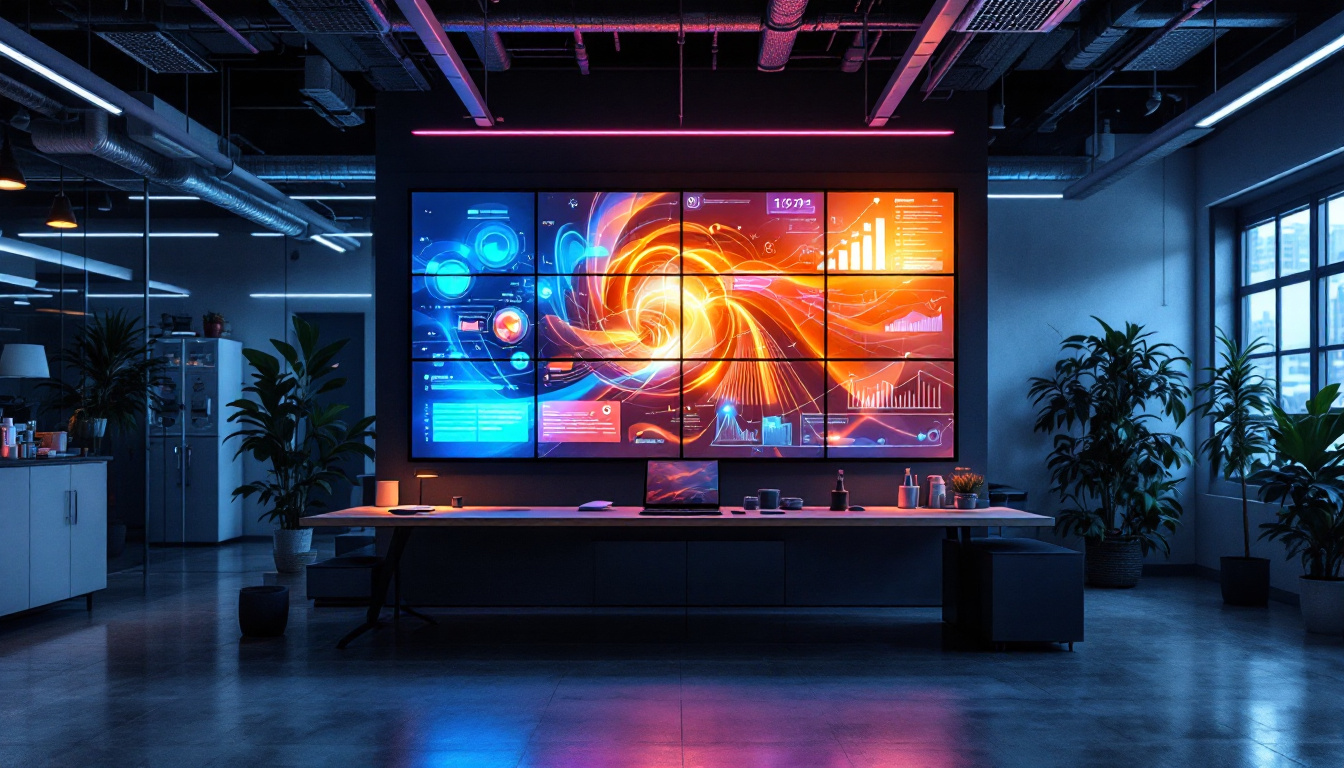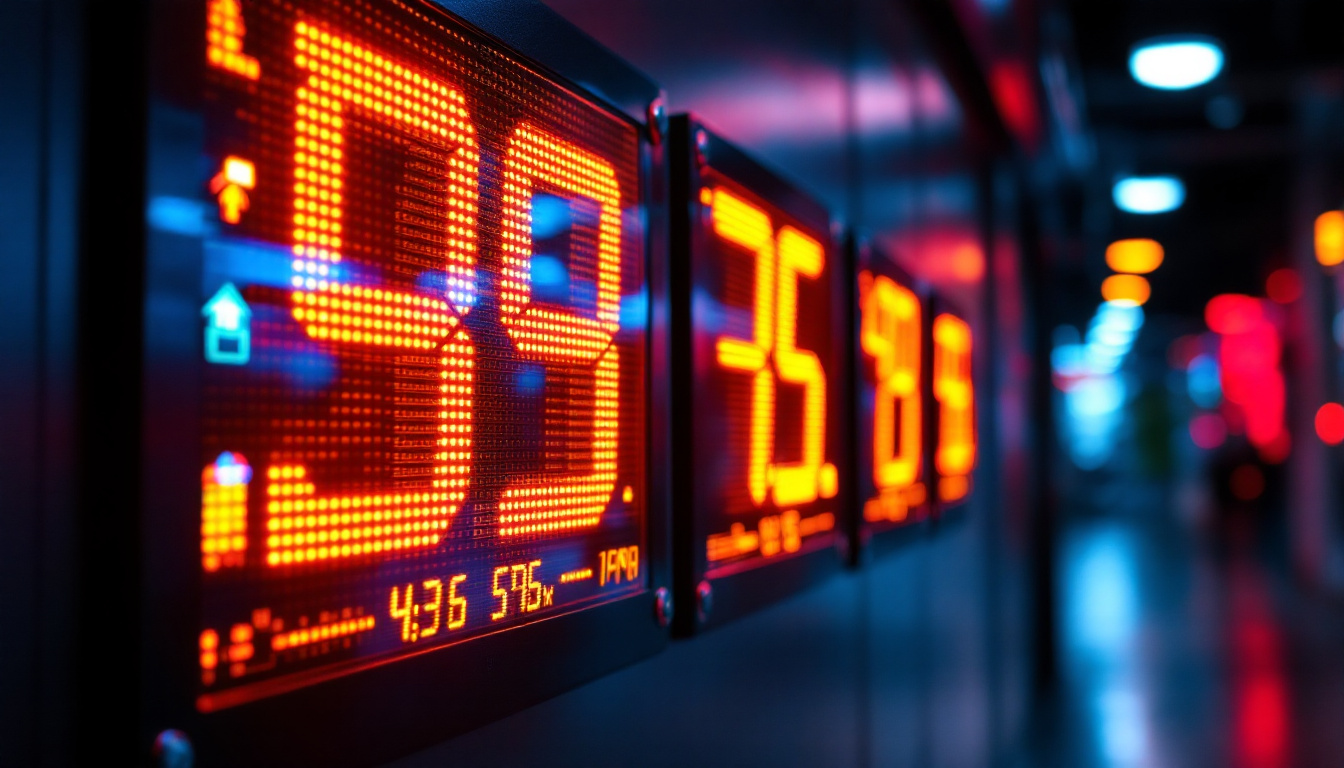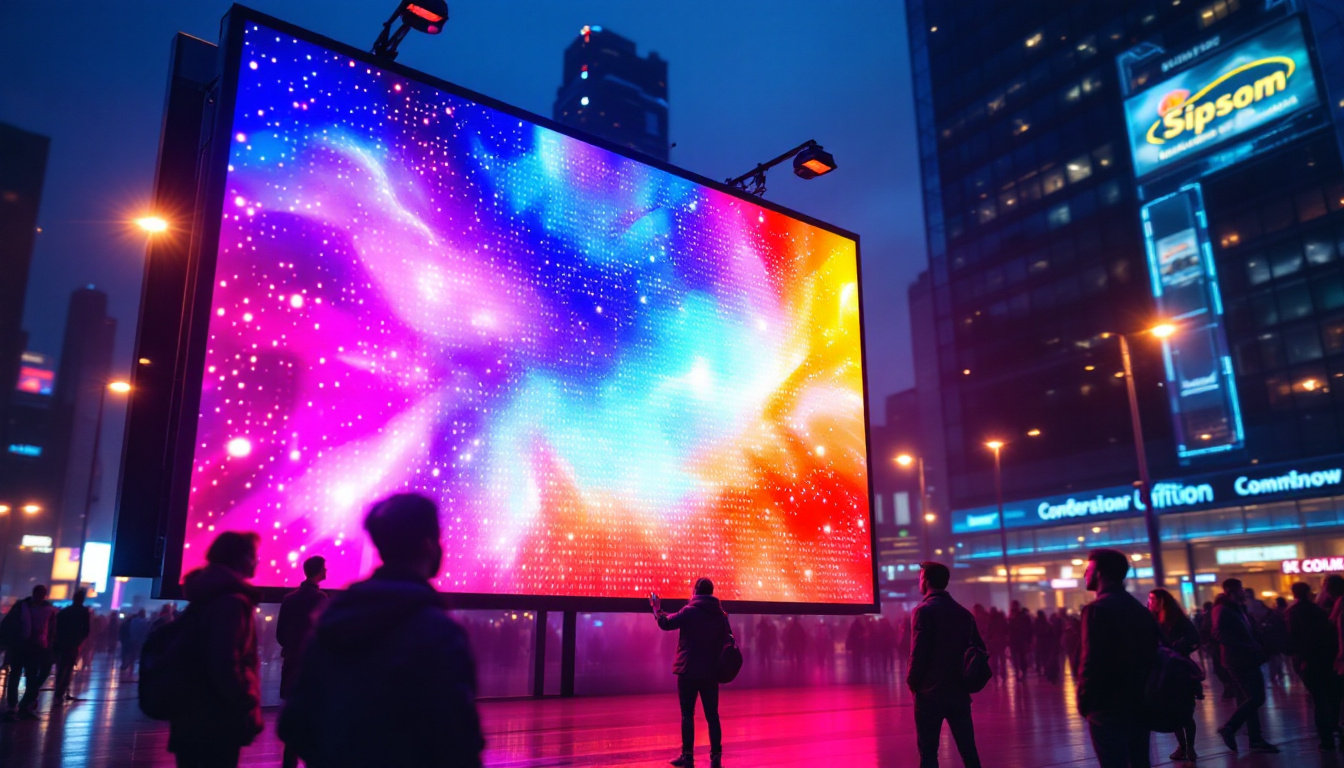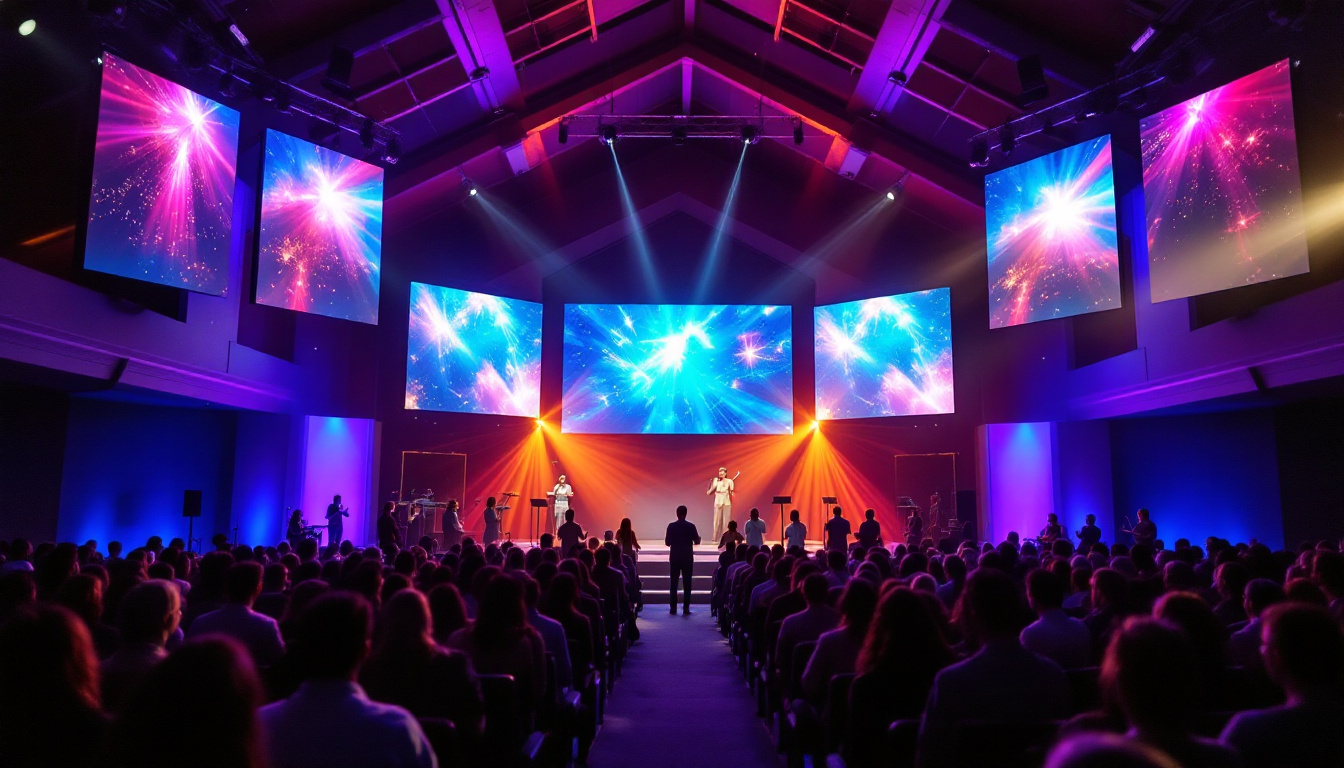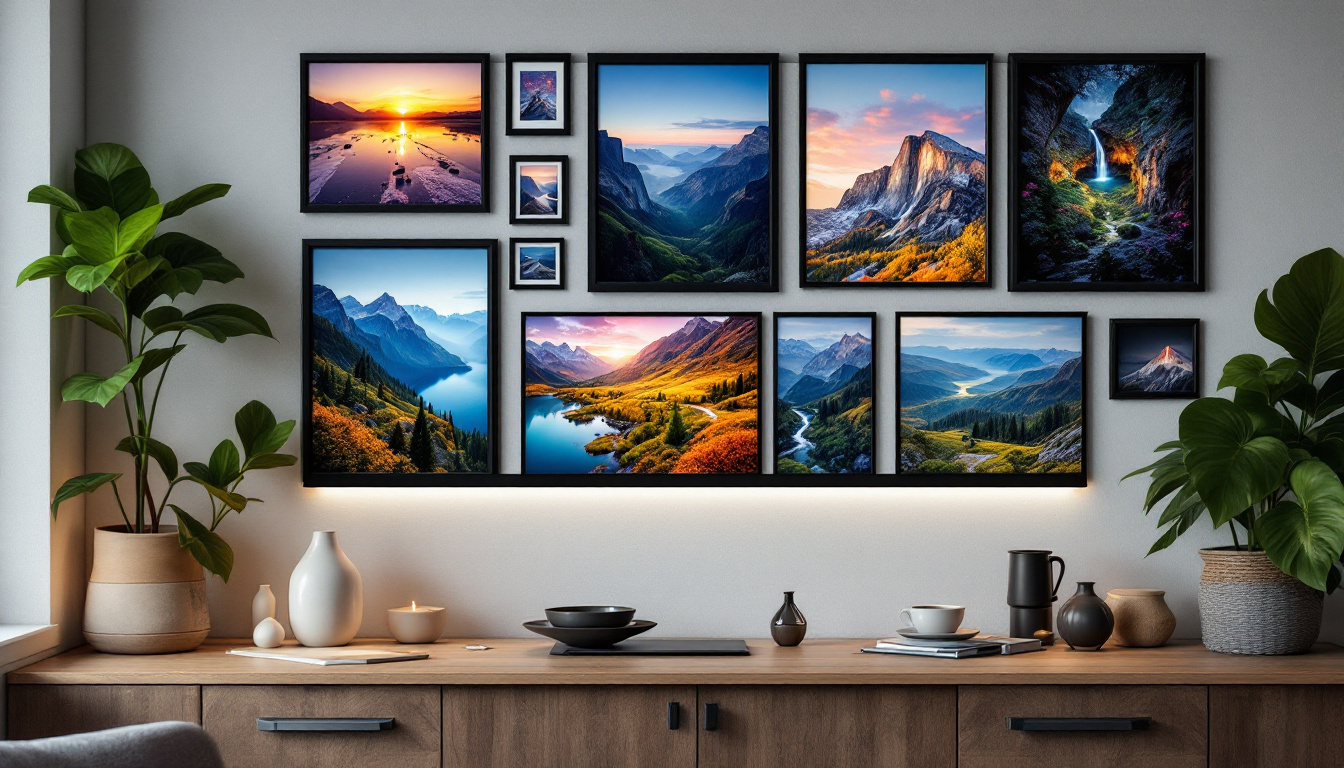In today’s world, visual communication has become an essential aspect of how information is conveyed. One of the most effective tools for this purpose is the LED display, commonly found in video boards. These displays have revolutionized advertising, entertainment, and information dissemination across various sectors. This article delves into the intricacies of LED displays, exploring their technology, applications, and advantages.
Understanding LED Technology
LED, or Light Emitting Diode, technology is at the core of modern display systems. Unlike traditional display technologies, LEDs offer several advantages that make them ideal for video boards.
What is an LED?
An LED is a semiconductor device that emits light when an electric current passes through it. This phenomenon is known as electroluminescence. LEDs are highly efficient, consuming less energy compared to incandescent bulbs and fluorescent lights. They also have a longer lifespan, making them a cost-effective solution for various applications. In fact, an LED can last up to 25 times longer than traditional lighting solutions, which significantly reduces the frequency of replacements. This longevity not only saves money but also minimizes waste, contributing to a more sustainable approach to lighting and display technology.
How LED Displays Work
LED displays are composed of numerous tiny LEDs arranged in a grid. Each LED can emit different colors, allowing for a wide spectrum of colors to be displayed. The combination of red, green, and blue LEDs creates full-color images through a process known as additive color mixing. This technology enables video boards to display high-definition images and videos with remarkable clarity. Furthermore, the rapid response time of LEDs means that they can display fast-moving images without blurring, making them ideal for dynamic content such as sports broadcasts or live events. The ability to control each individual LED also allows for intricate designs and animations that can captivate audiences.
Types of LED Displays
There are several types of LED displays, each suited for specific applications. The most common types include:
- Indoor LED Displays: These are designed for use in enclosed spaces, offering high resolution and vibrant colors. They are often used in theaters, conference rooms, and retail environments. Their ability to produce sharp images even in well-lit conditions makes them a popular choice for advertising and presentations.
- Outdoor LED Displays: Built to withstand harsh weather conditions, outdoor LED displays are typically larger and have lower pixel density. They are commonly used for billboards, sports arenas, and public events. These displays are engineered with protective coatings and robust structures to ensure longevity and visibility, even in direct sunlight.
- Transparent LED Displays: These innovative displays allow light to pass through them, making them ideal for storefronts and exhibitions where visibility is essential. Their unique design enables businesses to showcase products behind the display while still capturing the attention of passersby with vibrant visuals.
Additionally, there are also specialized LED displays such as flexible LED screens that can be bent and shaped to fit unique spaces, and interactive LED displays that respond to touch or movement, enhancing user engagement. As technology continues to evolve, the applications for LED displays expand, paving the way for creative installations in art, architecture, and advertising that were previously unimaginable.
Applications of LED Displays
The versatility of LED displays makes them suitable for a wide range of applications. From advertising to entertainment, their impact is profound.
Advertising and Marketing
LED displays have transformed the advertising landscape. Their ability to display dynamic content allows businesses to capture the attention of potential customers effectively. Advertisers can change their messages in real-time, promoting sales, events, or new products instantly. This flexibility leads to higher engagement rates compared to static displays. Moreover, the vivid colors and sharp images produced by LED technology can create eye-catching visuals that stand out in crowded environments, making them ideal for high-traffic areas like shopping malls and busy streets. As a result, companies are increasingly investing in LED displays to enhance brand visibility and drive consumer interaction.
Entertainment Venues
In the entertainment industry, LED displays play a crucial role in enhancing the audience experience. Concerts, sporting events, and theater productions utilize large LED screens to showcase visuals, provide information, and create immersive environments. The high brightness and contrast levels of LED technology ensure that visuals remain vibrant, even in well-lit settings. Additionally, LED displays can be synchronized with audio elements, creating a multisensory experience that captivates audiences. For instance, during a live concert, the combination of dynamic visuals and music can evoke powerful emotions, making the event more memorable. This integration of technology not only enhances the performance but also allows for innovative storytelling methods in theatrical productions, where visual effects can complement the narrative in real-time.
Public Information Systems
LED displays are widely used in public information systems, such as transportation hubs and public squares. They provide real-time updates on schedules, news, and emergency alerts. The clarity and visibility of LED displays ensure that crucial information reaches the public effectively, contributing to safety and awareness. In addition to their practical applications, these displays can also serve as platforms for community engagement. For example, local governments can use LED screens to broadcast public service announcements, promote community events, or even display artwork from local artists, fostering a sense of community pride. Furthermore, the energy efficiency of LED technology means that these displays can operate continuously without significant environmental impact, making them a sustainable choice for cities looking to modernize their public information systems.
Advantages of LED Displays
The growing popularity of LED displays can be attributed to their numerous advantages over traditional display technologies. Here are some key benefits:
Energy Efficiency
One of the most significant advantages of LED displays is their energy efficiency. LEDs consume significantly less power than traditional lighting options, resulting in lower electricity bills. This energy efficiency not only benefits businesses financially but also contributes to environmental sustainability.
Longevity and Durability
LED displays have a long operational life, often exceeding 100,000 hours. This longevity reduces the frequency of replacements, leading to lower maintenance costs. Additionally, LEDs are more durable than traditional bulbs, making them resistant to shock and vibration. This durability is particularly advantageous for outdoor applications where weather conditions can be unpredictable.
High Brightness and Contrast
LED displays offer superior brightness and contrast levels, making them suitable for various lighting conditions. Whether in direct sunlight or dimly lit environments, LED displays maintain visibility and clarity. This capability is crucial for outdoor advertising and live events, where visibility can significantly impact audience engagement.
Challenges and Considerations
While LED displays offer numerous advantages, they are not without challenges. Understanding these challenges can help businesses make informed decisions when investing in LED technology.
Initial Costs
The initial investment for LED displays can be higher than that of traditional display technologies. However, the long-term savings in energy and maintenance costs often offset this initial expenditure. Businesses must weigh the upfront costs against the potential return on investment when considering LED displays.
Heat Management
LED displays generate heat during operation, which can affect performance and longevity if not managed properly. Effective heat dissipation systems are essential to ensure optimal functioning. Businesses should consider displays with built-in cooling systems or invest in external cooling solutions to mitigate this issue.
Viewing Angles
While LED displays offer excellent visibility, the optimal viewing angle can vary based on the display’s design. Some LED displays may have limited viewing angles, which can affect the audience’s experience. It is crucial to select displays with wide viewing angles, especially for large venues where audiences may be positioned at various angles.
Future Trends in LED Display Technology
The LED display industry is continually evolving, with new technologies and trends emerging. Staying informed about these trends can provide insights into the future of visual communication.
Advancements in Resolution
As technology progresses, the demand for higher resolution displays is increasing. MicroLED and MiniLED technologies are paving the way for displays with even finer pixel densities, resulting in sharper images and improved color accuracy. These advancements will enhance the viewing experience across various applications.
Integration with Smart Technology
With the rise of the Internet of Things (IoT), LED displays are becoming increasingly integrated with smart technology. This integration allows for remote management, real-time content updates, and data analytics. Businesses can leverage this technology to optimize their advertising strategies and enhance audience engagement.
Environmental Sustainability
As sustainability becomes a priority for many organizations, the LED display industry is also focusing on eco-friendly practices. Innovations in recycling and energy-efficient manufacturing processes are emerging, aiming to reduce the environmental impact of LED displays. This shift towards sustainability will likely influence consumer preferences and purchasing decisions in the future.
Conclusion
LED displays have fundamentally changed the way information is presented and consumed. Their versatility, energy efficiency, and high performance make them an invaluable tool in various sectors, from advertising to public information. While challenges exist, the benefits often outweigh the drawbacks, making LED technology a wise investment for businesses looking to enhance their visual communication strategies.
As technology continues to advance, the future of LED displays looks promising. With innovations on the horizon, businesses and organizations can expect even more dynamic and engaging ways to communicate with their audiences. Embracing LED technology is not just a trend; it is a step towards a more vibrant and connected world.
Discover LumenMatrix’s Innovative LED Solutions
Ready to elevate your visual communication with the latest in LED technology? Explore LumenMatrix’s comprehensive range of LED display solutions, from vibrant Indoor and Outdoor LED Wall Displays to dynamic Vehicle and Sports LED Displays. Whether you’re looking to create an immersive Floor LED Display, a sleek LED Poster, or require a Custom or All-in-One LED Display solution, LumenMatrix is at the forefront of innovation. Experience how our LED Transparent Displays can transform your space and captivate your audience. Check out LumenMatrix LED Display Solutions today and join the revolution in visual storytelling.


